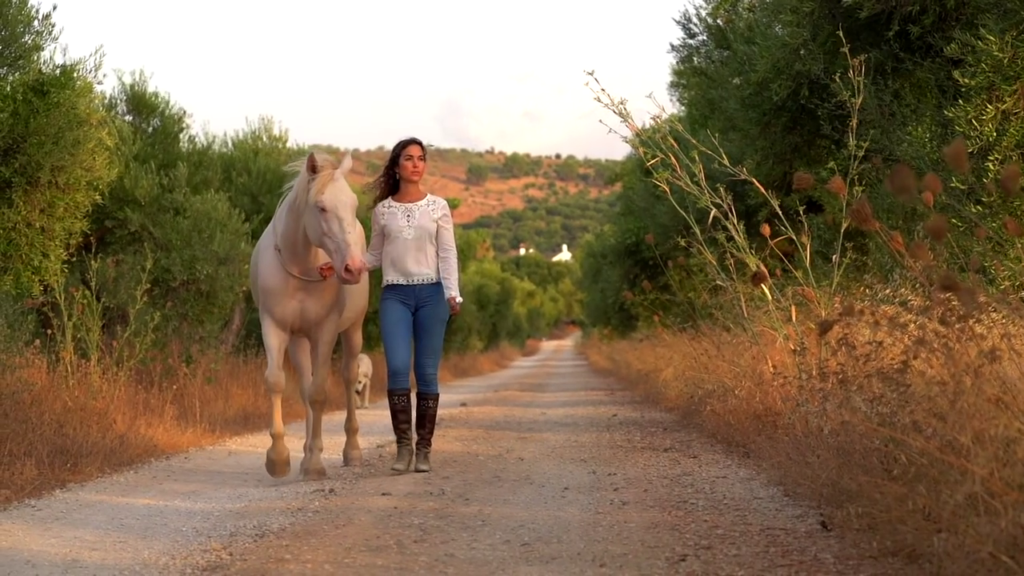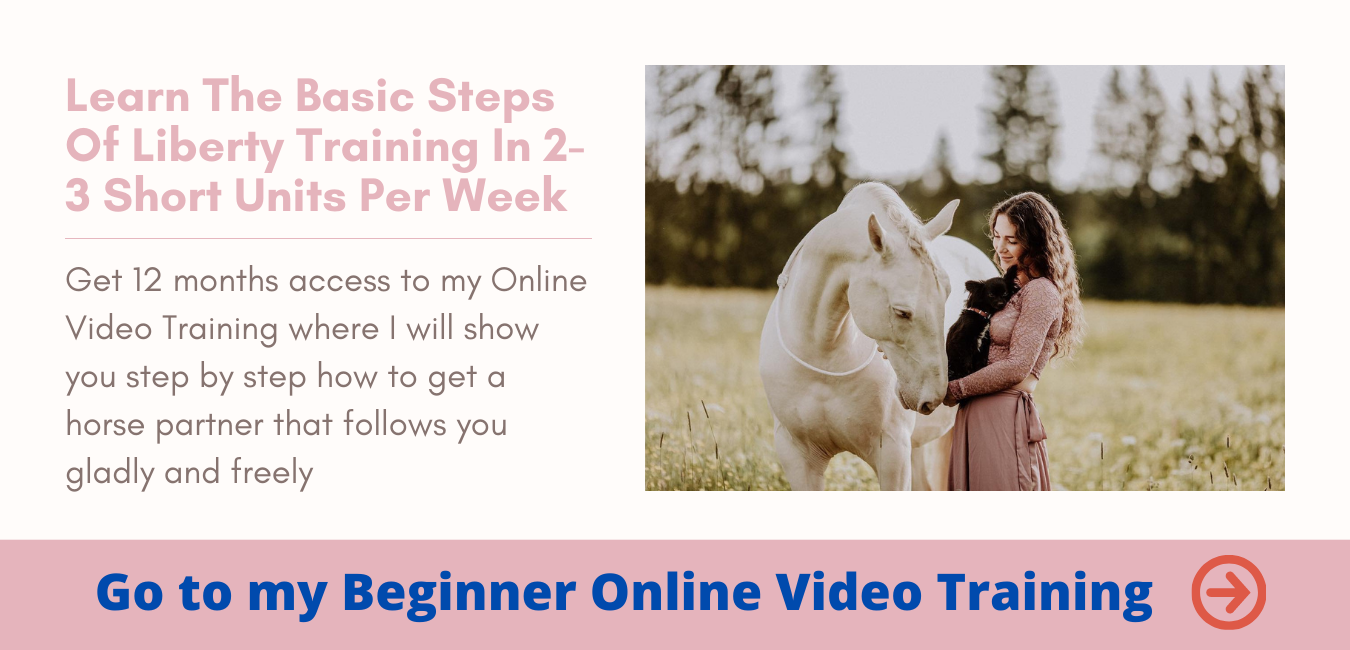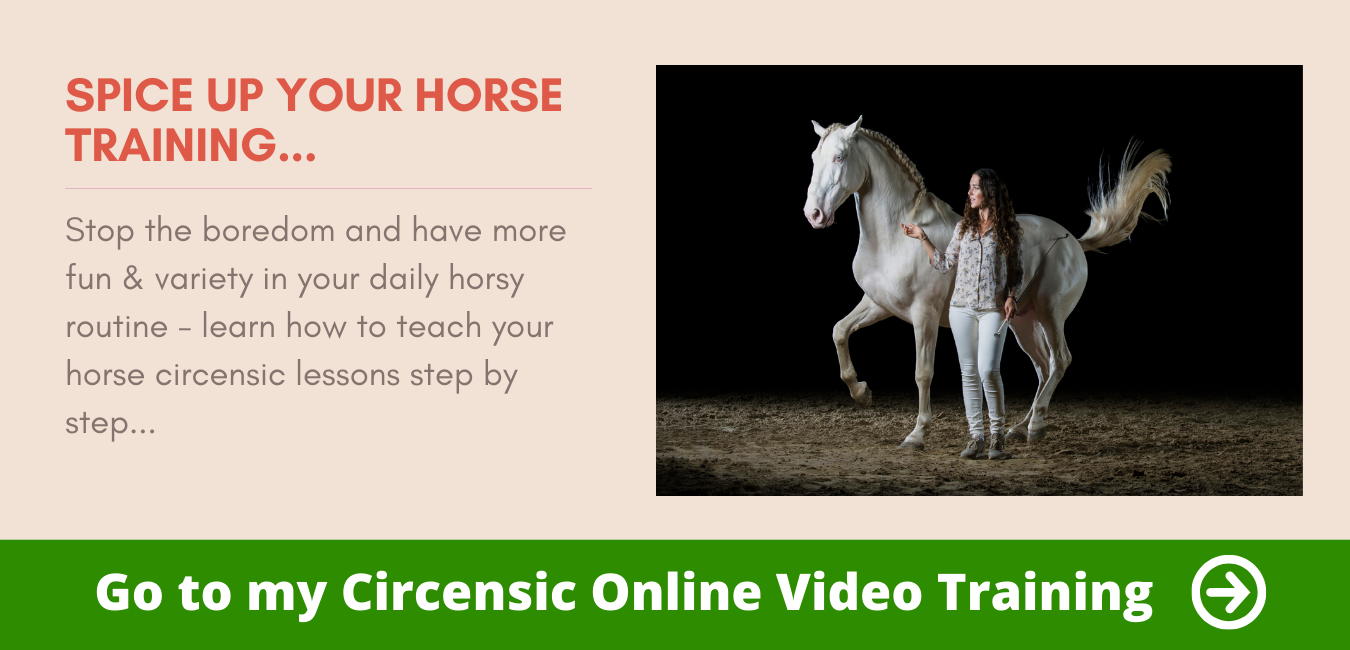Especially in turbulent times, our horses can be a great source of calm for us.
Today I would like to give you a handful advice on how to use the time most effectively and, above all, how to keep a cool head even in stressful situations.
Your influence on your horse
It is very important to be honest with yourself and your horse.
Especially if things are not going well, you should – of course in general – not get hot-tempered or emotional.
No matter what is happening around you, always have the image of a rock in the surf in your mind and give your horse peace and security at every moment through your charisma.
I think we can all agree that at the end of the day we’re all just human, and maybe sometimes it’s not so easy to be that rock.
Our worries distract us, our hearts are torn – that’s not a bad thing either!
We just need to be aware of this so that we can calmly and consistently correct the mistakes our horse will make with a slightly crumbling rock at his side, with a lot of patience.
Your horse will certainly have days when he is not so motivated, but he never has bad intentions.
Your horse is not trying to get at you or intentionally annoy you – he may just be looking for loopholes in your crumbling façade, testing whether you can still give him the security he needs or looking where he could save energy now as an energy saver ?
So don’t blame your horse if he mirrors you or “takes advantage” of your condition.
It has no evil ulterior motives, it only has its instincts.
So even in such turbulent times, remain the fixed star and always look at your horse and its behaviour with loving eyes – and still remain fair and consistent!
Not much time, great benefit!
Particularly when things have to go a little faster, it is of course not only a question of the right inner attitude, but also of adapting the training.
We may simply have less time available – and we have to use it all the more effectively.
Depending on your horse’s current training condition, you have to decide whether your priority is the physical or the psychological training of your horse.
You can of course change your mind every day (variety is always good anyway!), but especially if your horse is bursting with strength and energy, you won’t be able to exhaust him as much as usual with less time.
Of course, we cannot shorten the warm-up phase – there is no “quick tip” for tendons, ligaments and joints.
I therefore recommend making the warm-up programme even more varied than usual.
Include lateral gaits, let the forehand and hindquarters give way, practise backing up and standing still, ride in a slalom around pylons or through the flutter curtain.
It is especially valuable for your horse’s head to get to know new stimuli or exercises – because this makes your horse much more “tired” in the end than extensive physical training.
Of course, we still want to maintain the training condition of our horses and prevent them from muscular deterioration.
I highly recommend using body bands for this. If you haven’t done it yet, here is a short explanation:
By putting an elastic band around your horse’s chest and hindquarters, for example, he gets a completely new body feeling and can use his muscles in a more targeted way.
For example, the body bands help many horses to step under more with the hindquarters and to place each foot more consciously.
This is very strenuous for your horse, especially at the beginning, so that a few minutes at a walk and trot are enough – your horse will probably get a little sore muscles anyway ?
Working with body bands is very effective when you don’t have a lot of time, because your horse will start to step well underneath more quickly – without a lot of preparatory work.
To activate the hindquarters, attach the elastic band (e.g. a bandage – but be careful, the extremely stretchy ones can quickly pinch your horse’s skin!) to the saddle or lunge girth and run it around the outside of your horse’s ischial tuberosity a hand’s width below.
Please make sure that the strap does not slip, but is not too tight either.
If you now start lunging your horse at a walk (for the first impression I would recommend working with your horse on the ground – but later you can of course also ride with it) you will immediately see what influence the body strap has on your horse’s under-stepping!
If your horse finds it difficult to coordinate his forehand and hindquarters together, you can also cross the ribbon from the hindquarters (a hand’s breadth below the ischial tuberosity) over the withers and around the horse’s chest in front.
This will make your horse much more aware of his forehand and hindquarters and he can start to coordinate and move them together in a much more targeted way.
Of course, you can also just teach your horse a few new circus lessons!
Especially when a horse is mentally challenged and learns new things, it feels balanced – often even more so than through hard physical work!
The possibilities are endless, of course!
From saying “yes” and “no”, to complimenting, to retrieving whips, gloves or pylons, there are no limits to your imagination.
Here I have a short video for you in which I explain the role of inner pictures while your horse training.
[su_youtube url=”https://youtu.be/Em48ahz2cL0″]
Have fun doing them!
All the love,
Yours, Kenzie




